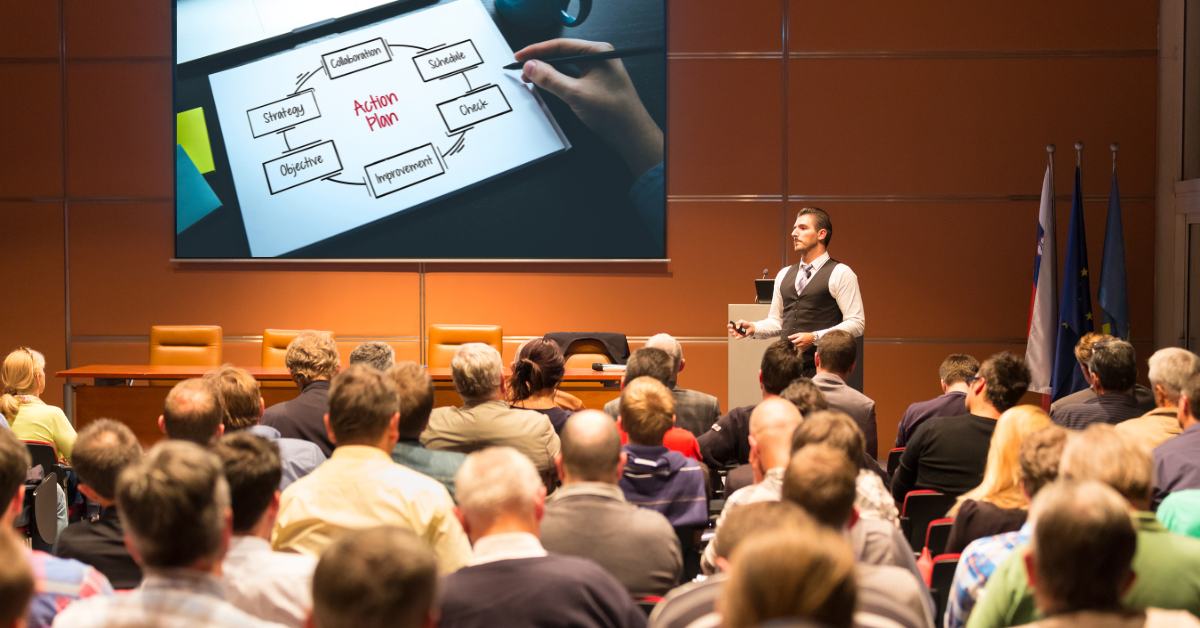By Charley Stevenson
There is always a level of hopefulness and excitement being in conference rooms and breakout sessions with professionals across many disciplines addressing sustainability in the built environment. We all gather to discuss solutions for making information and processes more accessible to everyone to ensure a healthier environment for all. And though we may not always agree on the path to get there, the conversations being had often focus on making the process easy.
I can understand the desire to make things easy; its seeming simplicity is enticing. Who doesn’t want work—and life for that matter—to be easy? But defining easy comes with complications. Does easy mean the same thing for architects as it does for engineers or construction (AEC) professionals? Each plays a vital, but different role in a process that encompasses all. I suspect even if we asked five people working in the same field what easy means to them, it’s probable we would receive five varied definitions.
When attempting to define easy with regard to sustainable materials selection and management, there seems to be a consensus that the answer rests heavily on the shoulders of the tech industry to bring myriad product certifications and disclosure sources into an uncomplicated, all encompassing, and easy to navigate database that allows access to everyone. Technology undeniably plays a role in the trajectory toward reaching sustainability goals. That’s why Materially Better (formerly Integrated Eco Strategy) developed and continues to evolve Red2Green, the healthier materials and project management platform. However, there isn’t a database in existence that can gather information that manufacturers are unable or unwilling to provide.
Rather than allowing the concept of easy to lull us into complacency as we wait for the discovery of a one-size-fits-all solution, perhaps a more productive question is: how can we unify our message to keep the market moving toward healthy and sustainable product selection across all product types?
When we join together at conferences and forums, it’s clear that healthier product selection is crucial to sustainability success on projects—new builds and renovations alike. Around this we share a commonality that can be our messaging strength to meet and advance our sustainability goals. Since the market is not providing sustainable options for all product types that a truly sustainable build requires, manufacturers need to hear our concerns, understand our challenges, and participate in the solution. Moving the market requires advocating directly to manufacturers—expressing our expectations for full product transparency and the elimination of toxic ingredients from products and processes—until we are heard and manufacturing trends shift. Solutions come incrementally when we unite our voices in this common cause.
Honing a message from ubiquitous experiences while expressing our specific sustainability expertise to create and send letters of advocacy to manufacturers allows us to maintain steady forward momentum. At Materially Better we advise AEC professionals to advocate to manufacturers for their specific product needs while empowering them to make better choices for their current projects with the data that is available now. We can, and must, make better choices today while also imploring manufacturers to join us in product solutions for a healthier future.
Changing the market is up to each of us. Our projects become the catalysts, providing ongoing opportunity for manufacturer advocacy. Let’s collaborate; make our voices heard; and continue moving the market forward as our builds become healthier and more sustainable. We just might find that our outreach makes our jobs a little easier sooner than expected.
Charley Stevenson, LFA, LEED AP, Principal. With the Materially Better team, Charley has developed processes and software to integrate better materials selections into all project types and to transform the market as quickly and easily as possible.

